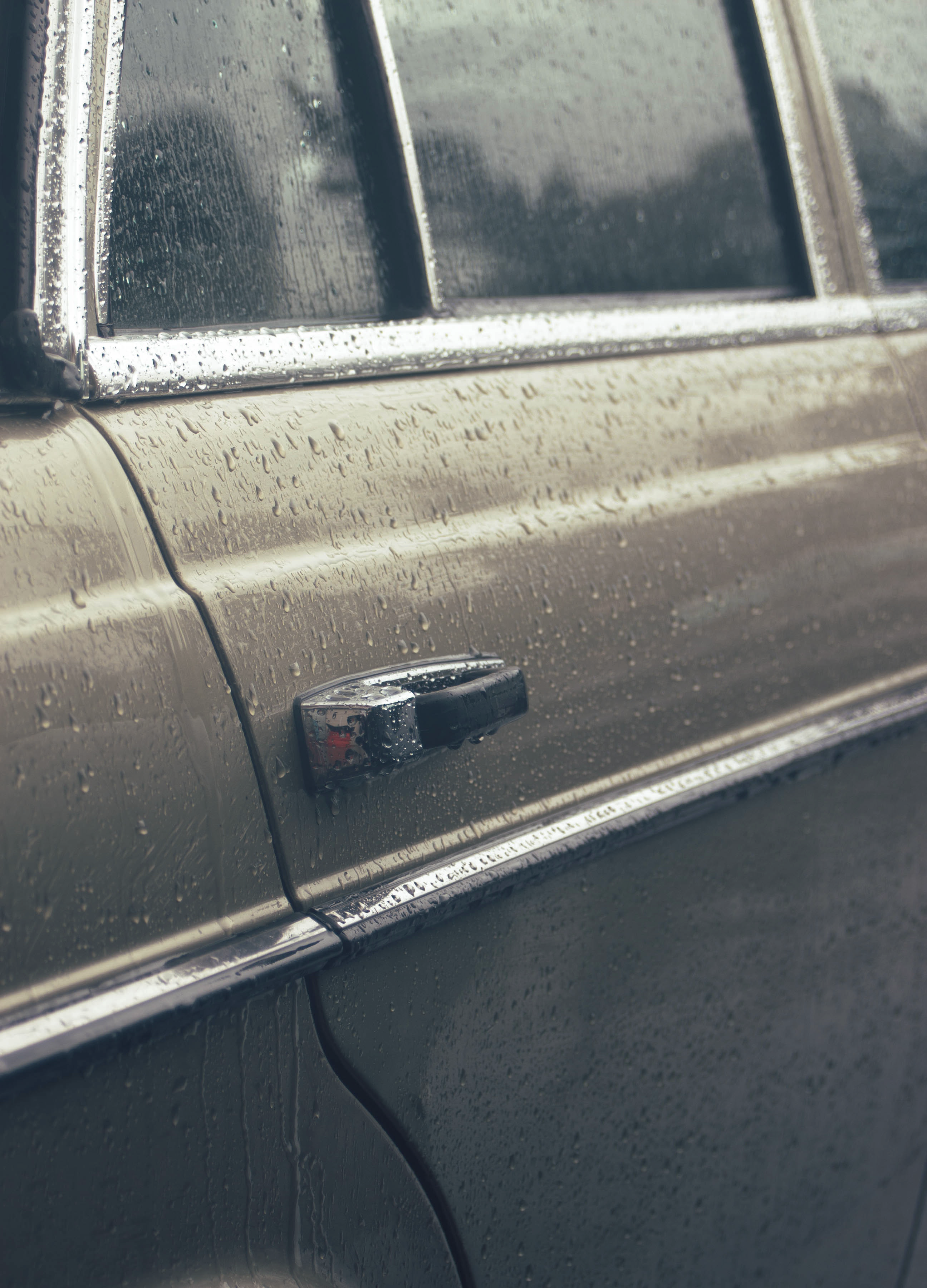
Whenever it rains or you drive along a wet road, spots and water splashes will leave unsightly marks all over your beautiful paint job. You may think removing them is as easy as wiping them away with a wet cloth but they will show up again as soon as the car is dry. Those water spots are not hard to get rid of but you need to know the correct method and use suitable products.
In this article, we will show you an easy way to clean your car and get rid of water spots for good. You will only need very little time and effort and a few common household ingredients.
Stains on your car’s body and glass are the ghostly leftovers of hard water that has dried on once gleaming surfaces. Minerals such as calcium and magnesium are common in hard water. When hard water evaporates, it leaves residues of these minerals behind, which appear white when dry. Wipe away water drops with a clean cloth while they are still wet to prevent hard water marks from forming.
Hard water spots are unpleasant because they are unattractive, but the mineral residue can be even more dangerous, eventually ruining the paint on your car. The longer mineral deposits remain on your vehicle, the more firmly they adhere. Stains and spots can etch into the surface, necessitating more involved removal and repair processes such as wet-sanding or even a complete paint job.
Clean your car using a basic wash and dry method
The first thing you should do if you get stuck with hard water spots on your car is give it a good washing. Even though it may sound contrary, since washing your car may be the reason you have water spots on your car in the first place, cleaning it will help remove any particles that may scratch or etch the surface. You will have to wash it a second time and by following the steps below you can get rid of all spots with the second wash.
Here is how to wash your car:
- Grab a bucket and fill it with a cleaning solution. fill a second bucket with plain water and grab a hose just in case. Prepare a soft cloth or a sponge, and a microfiber drying towel.
- Use a two-bucket cleaning method, soaking the washing mitt in soapy water and washing the spotty surface. Then, rinse the mitt in the clean-water bucket. Continue cleaning after soaking the mitt in soapy water.
- Rinse the vehicle – Use the hose and rinse the whole vehicle. Make sure you thoroughly remove all soapy residue from all curves and hard-to-reach spots.
- Dry – Quickly begin drying your car with the soft microfiber cloth. Start at the top and work your way down. Ask someone to help you (especially if your car is large). Make sure you dry the water before it evaporates.
Get rid of water stains using vinegar
Vinegar is frequently hailed as a miraculous ingredient capable of cleaning tiles, shampooing pets, eradicating weeds, and extending the life of cut flowers. As a result, it should come as no surprise that vinegar can help remove water stains from vehicle paint. White vinegar is acidic, making it an efficient opponent of alkaline mineral deposits.
- Mix a cleaning solution – Pour equal parts of vinegar and water in a bottle (spray bottle would work best) and shake it well.
- Spray the whole part, do not miss any spots even if they are not so obvious.
- Soak a towel – Pour the rest of the solution in a bucket and place a towel in it. Add more solution (the towel needs to be submerged completely).
- Place the towel on the affected areas. Make sure you cover the whole surface and let the towel stay on for a couple of minutes. When done, use the same towel to scrub away the mineral deposit spots.
- Rinse and dry – Thoroughly rinse the area with a hose and quickly dry the whole surface. Make sure you don’t allow the water spots to evaporate – they will leave more hard water spots.
How to spot-treat hard water spots
If there is a particular area on your car that needs to be cleaned, use the following method:
One of the finest ways to eliminate localised areas of water stains on your car is with a commercial water spot remover.
There are some chemicals that are present in all spot removers. The base is clean, distilled water, with mineral oil, added as a lubricant. Solvents, absorbents, buffers, and conditioners are examples of additional components.
Paint, glass, chrome, and metals respond well to water spot removers. They are most effective when applied on glossy paint surfaces and should not be used on flat or matte paint jobs.
